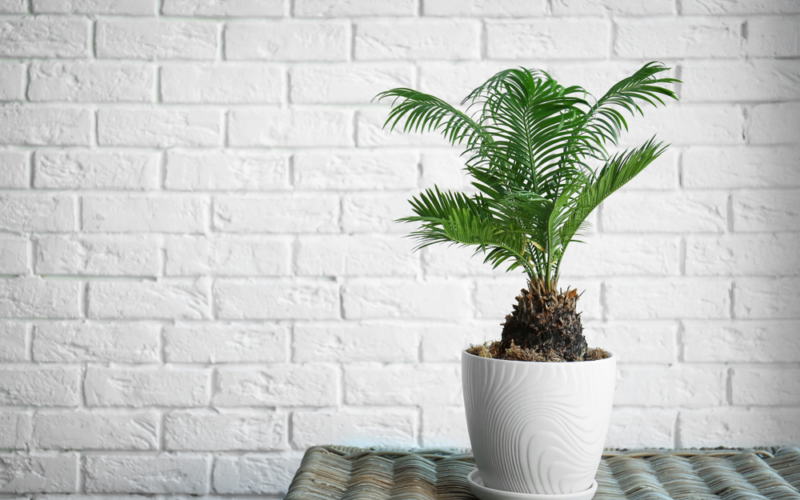Ellen Britt for CNT #wooftips
The Sago palm is a very popular landscaping plant that is in widspread use.
Not a true palm, but a Cycad, it is very hardy and can withstand temperatures from 15 dgrees F all the way to 110 degrees F. According to the USDA, the sago palm can be grown in zones 9 to 11 in the United States, and they are commonly used in these areas and are somtimes also grown in pots.
A Hidden Danger
These low growing ornamentals are also commonly used in hotel landscaping, even in pet friendly establishments!
But in spite of it’s beauty and popularity as a landscape plant, the Sago palm is deadly to dogs. All parts of the plant, from leaves, stems, root and fruit are toxic and ingestion is often fatal. The plant is so toxic that a full 75% of dogs who ingest any part of the Sago palm will die, most often of liver failure.
Dog Appeal
Unfortunately, the seeds of the Sago seem to be very appealing to dogs so if they find a seed they are very apt to pick it up, chew it and even swallow it. Even with the best veterinary care many dogs who have eating parts of the Sago palm do not survive, as the poison in the plant in long acting and can continue to cause problems with the dog’s liver for months and even years afterwards. Dogs who have eaten Sago palm and have survived are likely to have chronic liver problems afterwards with a shortened life span.
Toxicity Signs
According to the ASPCA, signs of toxicity from Sago palm ingestion include:
Vomiting
Increased thirst
Internal bleeding from the intestinal tract
Black tarry stools (indicating internal bleeding)
Jaundice (yellow pigmentation of the mucus membranes and eyes)
Easy bruising
Prolonged clotting time of the blood
Liver damage and even liver failure
Death
Get Your Dog To The Vet ASAP
Needless to say, if you suspect your dog has ingested any part of a Sago palm, get him to your veterinarian immediately. His best chance of survival comes with prompt and aggressive treatment.
Note: The Sago palm is also poisionous to humans and poses a threat to children who may unknowingly ingest the seeds or chew on the leaves. Please share this article with your friends and family to help prevent a tragedy.
By Ellen Britt
Dr. Ellen Britt has loved dogs since she was a child. She is particularly fond of the Northern breeds, especially Alaskan Malamutes. Ellen worked as a PA in Emergency and Occupational Medicine for two decades and holds a doctorate (Ed.D.) in biology.
In Other NEWS


































